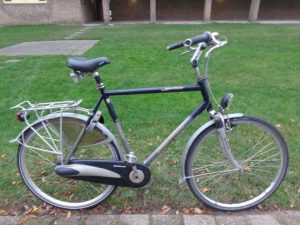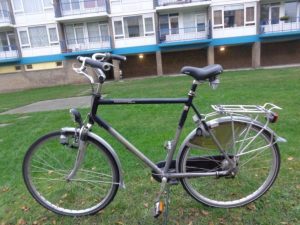Tell me Universe, what is the meaning of life?
YEEEEEEAAAAAHHHHHH!!!!
Keep an eye on the clouds and the sky
Another view (96)
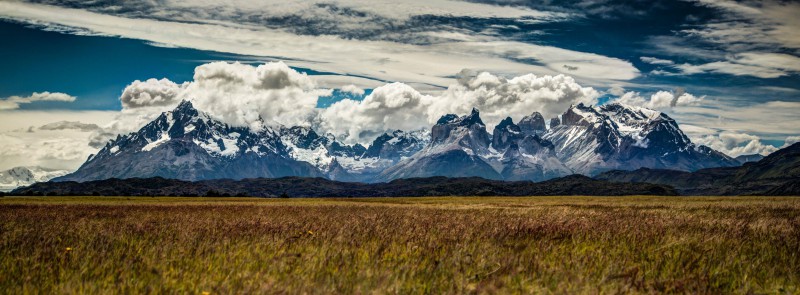
We only have one life. I believe this is a great experience and I don’t want to put it to waste.
Hey look, I’m spinning, I’m spinning
And it’s gone !

Another view (95)
Fibonacci Zoetrope Sculptures from Pier 9 on Vimeo.
These are 3-D printed sculptures designed to animate when spun under a strobe light. The placement of the appendages is determined by the same method nature uses in pinecones and sunflowers. The rotation speed is synchronized to the strobe so that one flash occurs every time the sculpture turns 137.5º—the golden angle. If you count the number of spirals on any of these sculptures you will find that they are always Fibonacci numbers.
For this video, rather than using a strobe, the camera was set to a very short shutter speed (1/4000 sec) in order to freeze the spinning sculpture.
John Edmark is an inventor/designer/artist. He teaches design at Stanford University.
Visit John’s website here: http://web.stanford.edu/~edmark/
and Vimeo site: https://vimeo.com/johnedmark/videos
Learn how he made these sculptures here: http://www.instructables.com/id/Blooming-Zoetrope-Sculptures/
And more about the Pier 9 Artist in Residence program here: http://www.autodesk.com/air
Music – “Plateau” by Lee Rosevere – http://freemusicarchive.org/music/Lee_Rosevere/Farrago_Zabriskie/Lee_Rosevere_-_Farrago_Zabriskie_-_03_-_Plateau
Cinematography and editing by Charlie Nordstrom
a flock of Starlings
Remember 1998
Read more
David Tran explains
Batavus Intermezzo
Test Panel Review: Bicycle with beautiful frame and smooth running, rides fine. Easy adjustable handlebar. The comfort is adversely affected by the stiff suspension and the hard saddle. Brakes give a sense of fast and controlled stopping.
Equipment: Aluminum frame, frontfork suspension, suspended seatpost, Shimano Nexus 7 hub gears, roller-brake rear, V-brake front, Batavus Halogen headlight, battery light rear, Selle Royal Drifter Medium Gel saddle, frame height 61cm, weight 19,3kg
Another view (94)
![bbekhmf[1]](https://www.mcha.nl/wp-content/uploads/2015/01/bbekhmf1-600x600.jpg)
That Intro and Outro really do it for me
How it is made
let your hair hang down

I love the interwebs
Another view (92)
![d8fd91409e37bafd[1]](https://www.mcha.nl/wp-content/uploads/2015/01/d8fd91409e37bafd1-552x600.jpg)
Charlie Brooker’s Wipe 2014 – Adam Curtis
a snippet from the documentary film maker Adam Curtis shown during Charlie Brooker’s 2014 Wipe program.
New Years Day Dive
New Years Eve 2014 The Hague Fireworks
From 18:12 till 01:19 Fireworks The Hague, SSW view
Another view (91)
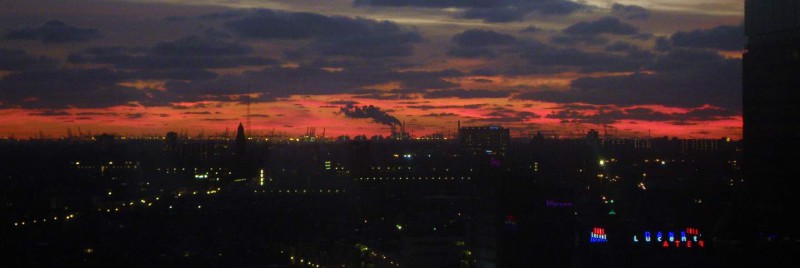
Wishing you a healthy 2015
![formcartoon_10514_f673104edae2aa5d319f445ea3e458956543296d[1]](https://www.mcha.nl/wp-content/uploads/2014/12/formcartoon_10514_f673104edae2aa5d319f445ea3e458956543296d1-800x500.gif)
Gluten free doughnut?
With organic goji-berries?
The Little Nordics – Life in miniature
from DAMPDESIGN
There are numerous time lapse videos of Iceland and Norway showing the beauty of their remote landscapes. But when you’re in the mountains, looking down, you see so many things happening. Especially in places like Geiranger (Norway) where ferries are sailing back and forth through the fjords, kayak cruises arriving and departing and cars crawling up and down the steep roads. I wanted to portray this like you are watching an ants hill, which gives such a funny perspective on things.
Another view (90)
![pic_008_clean_790[1]](https://www.mcha.nl/wp-content/uploads/2014/12/pic_008_clean_7901.jpg)
This zone is not scaled to size
it’s sweeping the nation
Face it, you’re speechless aren’t you….
These 18 images are proof that when it comes the kingdom of the hipster, there are a few that truly reign supreme and come dangerously close to self-parody…
1.
![SmKNNke[1]](https://www.mcha.nl/wp-content/uploads/2014/12/SmKNNke1.jpg)
Read more
showing off a showdown
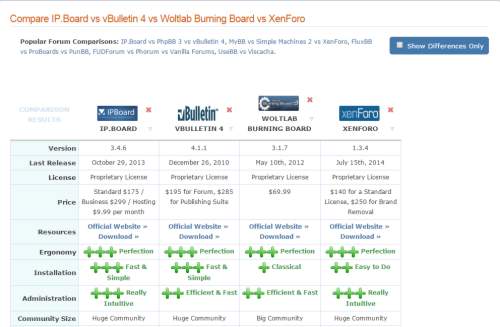
R, U, Ri, U, R, U2, Ri
Every Day I’m Strugglin’
Another view (89)
![tumblr_n6d1wal8Iy1qzm3xzo1_r1_1280[1]](https://www.mcha.nl/wp-content/uploads/2014/12/tumblr_n6d1wal8Iy1qzm3xzo1_r1_12801-800x533.jpg)
When researching Forum Software
![forum-softwares-timeline[1]](https://www.mcha.nl/wp-content/uploads/2014/12/forum-softwares-timeline1-800x402.png)
It’s like a jungle sometimes
Another view (88)
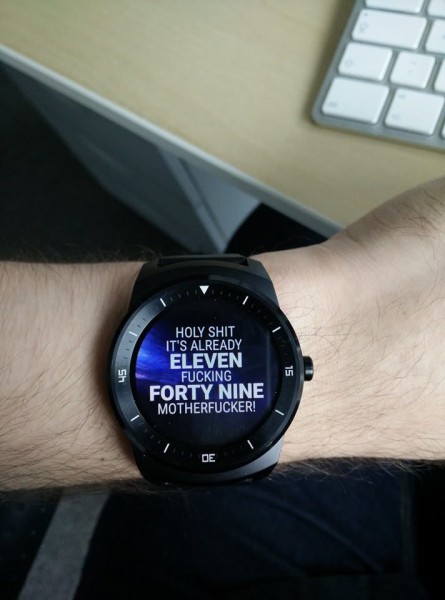
The motorbike rides again ! :-)
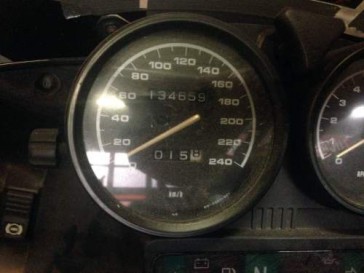
The bike has got a new/2nd-hand brake-pump (only half the mileage), new speedometer cable, brand new hand guards, wiring for GPS and Gerbing heated gloves, new oil seal in the final drive, the valves clearances are checked & adjusted and the CO from 5.5% back to 1.5% (!), front wheel has a new air valve and both fuel lines now have a dual-sided quick dis/connect.
So took the bike for a test drive to get the Ikea Garlic tool 😉

There’s nobody
Read more
Best of the Web 7
w-auw
15 minutes biking
75 minutes waiting
8 minutes for the local anesthetic to kick in
90 seconds for wisdom-molar removal
15 minutes biking
Another view (87)

Competition post
Source: http://wickedweasel.com/
Another view (86)
Molecular Cloud Barnard 68
Astronomy Picture of the Day
Discover the cosmos! Each day a different image or photograph of our fascinating universe is featured, along with a brief explanation written by a professional astronomer.
2014 December 14
![barnard68v2_vlt_960[1]](https://www.mcha.nl/wp-content/uploads/2014/12/barnard68v2_vlt_9601.jpg)
Image Credit: FORS Team, 8.2-meter VLT Antu, ESO
Explanation: Where did all the stars go? What used to be considered a hole in the sky is now known to astronomers as a dark molecular cloud. Here, a high concentration of dust and molecular gas absorb practically all the visible light emitted from background stars. The eerily dark surroundings help make the interiors of molecular clouds some of the coldest and most isolated places in the universe. One of the most notable of thesedark absorption nebulae is a cloud toward the constellation Ophiuchus known as Barnard 68, pictured above. That no stars are visible in the center indicates that Barnard 68 is relatively nearby, with measurements placing it about 500 light-years away and half a light-year across. It is not known exactly how molecular clouds like Barnard 68 form, but it is known that these clouds are themselves likely places for new stars to form. In fact, Barnard 68 itself has been found likely to collapse and form a new star system. It is possible to look right through the cloud in infrared light.
Another view (85)
![tumblr_nfyb4iobpd1tqblx8o1_1280[1]](https://www.mcha.nl/wp-content/uploads/2014/12/tumblr_nfyb4iobpd1tqblx8o1_12801.jpg)
Barbie Jeep Racing !
Now go out there, and have fun !
Another view (84)

Haags Startstation Erasmuslijn (HSE)

http://www.denhaagnieuwcentraal.nl/de-toekomst/hse/
http://www.prorail.nl/projecten/station-den-haag-centraal/haags-startstation-erasmuslijn-hse
http://www.denhaag.nl/home/bewoners/to/Haags-Startstation-Erasmuslijn-HSE.htm
Another view (83)
![tumblr_mb2h7ulgd91rd64tso1_500[1]](https://www.mcha.nl/wp-content/uploads/2014/12/tumblr_mb2h7ulgd91rd64tso1_5001.jpg)
